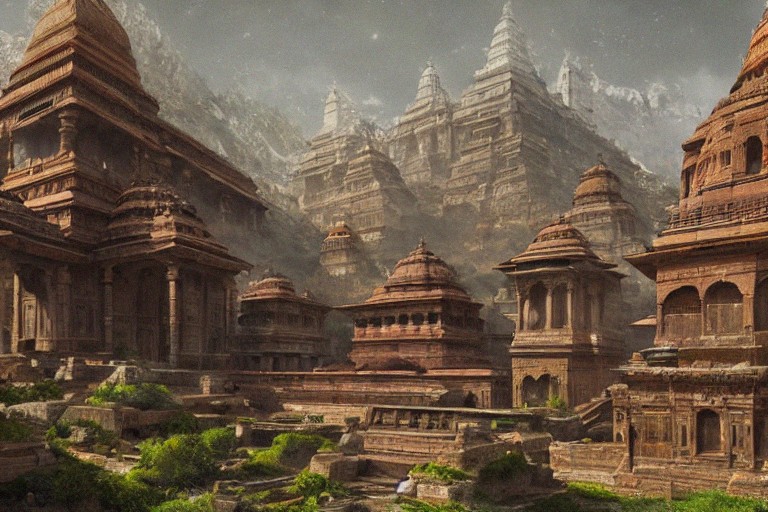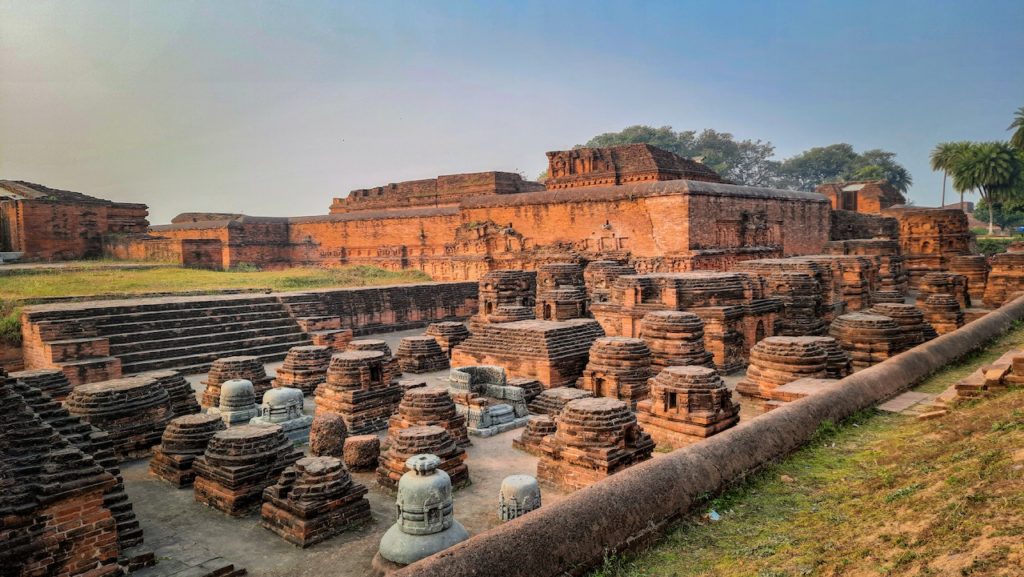Introduction
Ancient Indian temples are architectural wonders that showcase the rich cultural heritage of India. These temples were built during various periods in Indian history and represent different architectural styles and religious traditions. This research article aims to explore ancient Indian temples, their architecture, symbolism, and religious significance.
History of Ancient Indian Temples
The history of ancient Indian temples dates back to the Vedic period (1500 BCE-500 BCE), where the worship of nature and elements was prevalent. The first temple was built in the 5th century BCE during the Mauryan dynasty, and it was dedicated to Lord Buddha. Subsequently, many temples were built during the Gupta dynasty (320-550 CE), where the Hindu religion flourished. The Chola dynasty (9th-13th century CE) was known for building magnificent temples, such as the Brihadeeswara temple in Thanjavur and the Airavateswara temple in Darasuram.
Architectural Styles
Ancient Indian temples showcase a variety of architectural styles, influenced by various dynasties and regions. The most common architectural styles are Nagara, Dravidian, and Vesara.
Nagara style temples are typical of North India and are characterized by a curvilinear spire or shikhara. The temple entrance is a porch called mandapa, and the sanctum or garbha-griha houses the deity. The Khajuraho temple complex in Madhya Pradesh and the Jagannath temple in Puri are excellent examples of the Nagara style.
Dravidian style temples are typical of South India and are characterized by a pyramidal tower or vimana. The temple entrance is a gopuram, a towering gateway with ornate carvings and sculptures. The sanctum houses the deity, and there are multiple shrines around the main temple. The Meenakshi temple in Madurai and the Brihadeeswara temple in Thanjavur are excellent examples of the Dravidian style.
Vesara style temples are a fusion of Nagara and Dravidian styles and are typical of central India. They have a Nagara-style shikhara and a Dravidian-style mandapa. The temples at Ellora and Elephanta caves in Maharashtra are excellent examples of the Vesara style.
Significance of Ancient Indian Temples
Ancient Indian temples are significant because they are symbols of India’s rich cultural heritage and religious traditions. They are places of worship and pilgrimage, and people from all over the world visit them to seek blessings and spiritual guidance. They are also significant because they showcase India’s architectural prowess and engineering skills.
Ancient Indian temples are also significant because they have contributed to the development of various art forms, such as sculpture, painting, and music. The temple walls are adorned with intricate carvings and sculptures depicting various gods and goddesses, and the temple ceilings are painted with scenes from Hindu mythology. Temple music, such as devotional songs and chants, has also contributed to the development of Indian classical music.
Architecture
Ancient Indian temples are known for their intricate architectural designs and construction. The temples were built using stone, brick, and wood and were adorned with intricate carvings, paintings, and sculptures. Indian temple architecture is categorized into three styles: Nagara, Dravida, and Vesara.
The Nagara style of temple architecture is prevalent in northern India and is characterized by a curvilinear tower or shikhara that rises above the temple’s sanctum sanctorum. The Dravida style of temple architecture is prevalent in southern India and is characterized by a pyramid-shaped tower or vimana that is usually adorned with intricate carvings. The Vesara style of temple architecture is a fusion of the Nagara and Dravida styles and is prevalent in central India.
Symbolism
Ancient Indian temples are also known for their symbolism. The temples were built to represent various Hindu deities and were constructed according to the principles of Vastu Shastra, an ancient Indian science of architecture. The temples were built to face a specific direction, with the main entrance facing east, which is considered auspicious in Hinduism.
The temples’ interior was also designed with symbolic significance. The sanctum sanctorum, where the deity is worshipped, is located at the center of the temple and is surrounded by various chambers that represent different aspects of the Hindu cosmology. The temple’s exterior is adorned with intricate carvings and sculptures that depict various Hindu myths and legends.
Religious Significance
Ancient Indian temples are significant for their religious and cultural importance. The temples were built as places of worship for Hindus, and they continue to be an essential part of Hindu religious practice today. Hindu devotees visit temples to offer prayers and seek the blessings of the deities.
Apart from their religious significance, ancient Indian temples are also important for their cultural significance. The temples were built during various periods in Indian history and represent the different cultural and religious traditions that have shaped Indian society.
Conclusion
Ancient Indian temples are architectural wonders that showcase the rich cultural heritage of India. The temples were built using intricate designs and construction techniques and were adorned with carvings, paintings, and sculptures. The temples’ interior and exterior were designed with symbolic significance, representing various aspects of Hindu cosmology and mythology. The temples continue to be an essential part of Hindu religious practice and are significant for their cultural and religious importance.
References:
- Dallapiccola, A. L. Hindu Temples: An Introduction to Their Meaning and Forms. University of Chicago Press, 2002.
- Michell, G. The Hindu Temple: An Introduction to Its Meaning and Forms. University of Chicago Press, 1988.
- Hardy, A. Indian Temple Architecture: Form and Transformation. Abhinav Publications, 1995.
- Thapar, B. K. Indian Religious Historiography. Vikas Publishing House, 1975.

